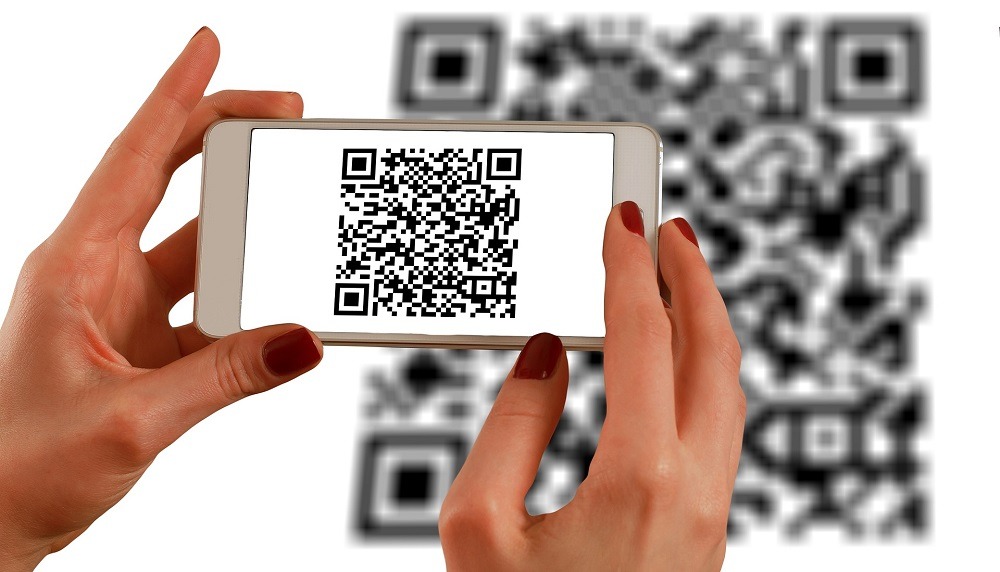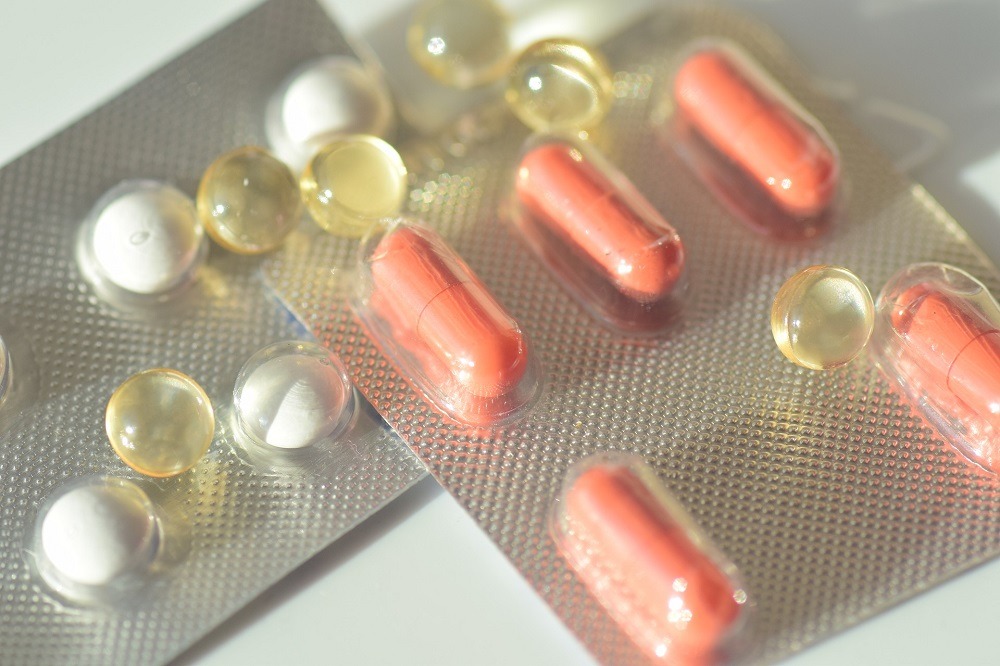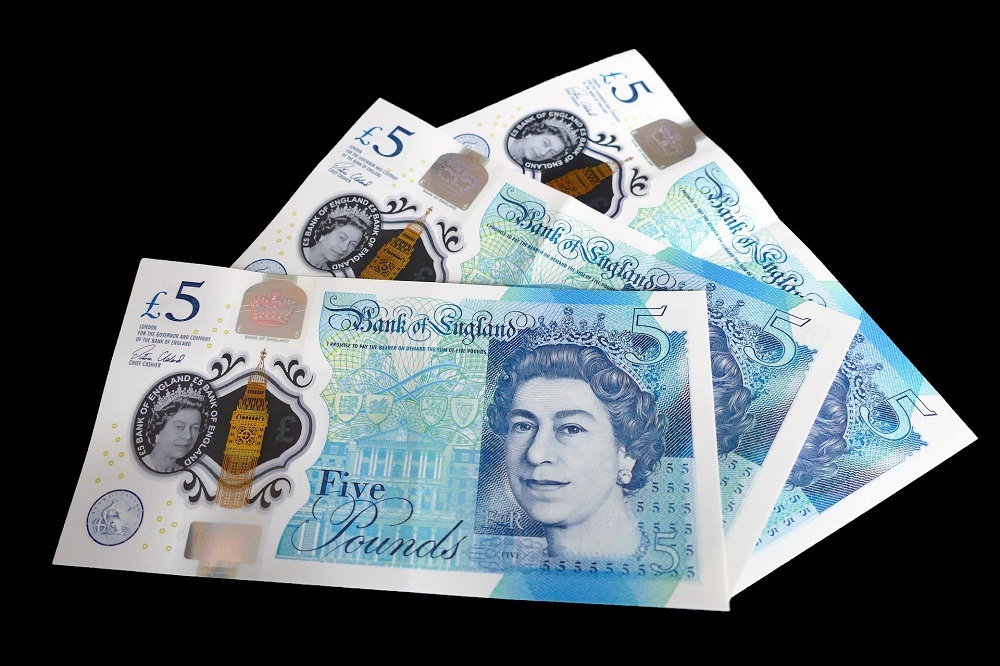From 3D visual verification to serialization identification technology, we look at four products designed to prevent the counterfeit of packaging products

To prevent counterfeiting, some manufacturers use QR codes, giving confirmation to the user that a product is legitimate (Credit: Pixabay)
Counterfeit products within the packaging market can cause serious issues, with research from US software company MarkMonitor finding that more than 86% of brands view the problem as significantly damaging to their business.
The study revealed businesses expect to lose between 10% to 50% of revenues, along with the negative impact of sub-standard or dangerous products entering the market under their brand name.
With companies determined to protect their good name, increasing numbers of them are turning to anti-counterfeiting technology.
So much so that, according to US-based financial information website MarketWatch, the anti-counterfeiting packaging market will grow by 12.5% to reach $104bn by 2024.
From 3D visual verification developed by money manufacturers to a plastics maker selling serialization identification technology, we look at four products designed to prevent tackle counterfeited packaging products
LEONHARD KURZ
Founded in Germany as a manufacturer of gold leaf, Leonhard Kurz has since become a developer of thin-film technology with more than 5,000 employees.
Alongside its work providing security foils for both banknotes and government documents through its Kinegram products, the company has developed its TrustConcept optical security feature.

A software solution designed for brand communication and protection, it says the product allows for a quick and easy way to identify validity via a smartphone.
Leonhard Kurz has also developed tax stamps designed to protect products, secure revenue and raise consumer confidence in excisable goods.
The tax stamps include features that allow brands to track and trace a product and provide validation.
Essentra
Established as the fibres division of multinational distribution and outsourcing company Bunzl in the 1940s, plastic and fibre supplier Essentra has since become a constituent of the FTSE 250 Index on the London Stock Exchange.
As part of its business, the company has developed a range of technologies to protect against tampering, counterfeiting and diversion.

Provided in three main industry areas — healthcare, industrial and at the point of purchase — the organisation supplies specifically tailored innovations.
The first of these being for brand enhancement or consumer engagement, giving users the option of personalising their experience with the product.
It also offers overt labelling technology, allowing anyone to access the product’s security features.
Alongside this, Essentra can also provide covert security labelling and forensic security features.
Amcor
In 2015 Australian plastics giant Amcor and Norwegian serialization company Kezzler formed a partnership to develop MaXQ.
The pair developed packaging serialization technology — creating a unique identification code on individual products — designed to improve consumer engagement, prevent counterfeiting and give businesses the ability to track and trace products.

This can be expressed as either a QR, alphanumeric or bar code, which can be activated by brand owners and managed using Kezzler’s technology platform.
When MaXQ was launched in 2015, Amcor Flexible Europe and Americas vice president of marketing and research and development Marco Hilty said: “Standard QR codes on packaging are static and provide very little dynamic content.
“The same code is printed on millions of packs and will in most cases just take the consumer to a static webpage.
“MaXQ codes make each pack unique and offer the consumer relevant applications and real value that can be collected and experienced with each pack scanned.
“MaXQ makes every user’s experience personalised, motivating the consumer to continuously interact with the brand.”
De La Rue
Established more than 200 years ago, De La Rue is well-known for working with the Bank of England to redesign the £5 and £10 banknotes.
Alongside this work, the company was also involved in the 2015 British passport design update.

The firm provides two anti-counterfeiting products, the first being Izon, which offers visual verification consisting of both overt and covert physical features.
This product features full 3D imaging allowing for immediate visual verification, making it extremely difficult to replicate for counterfeiters.
De La Rue has also developed Traceology authentication solutions, an e-verification solution allowing for simple validation through the use of a QR code.
Using unique serial numbers, the product also allows for an individual label to be tracked, giving brand owners complete visibility and control from source to consumption.
